Noticia
Dance fusion as an alternative in methodological approach
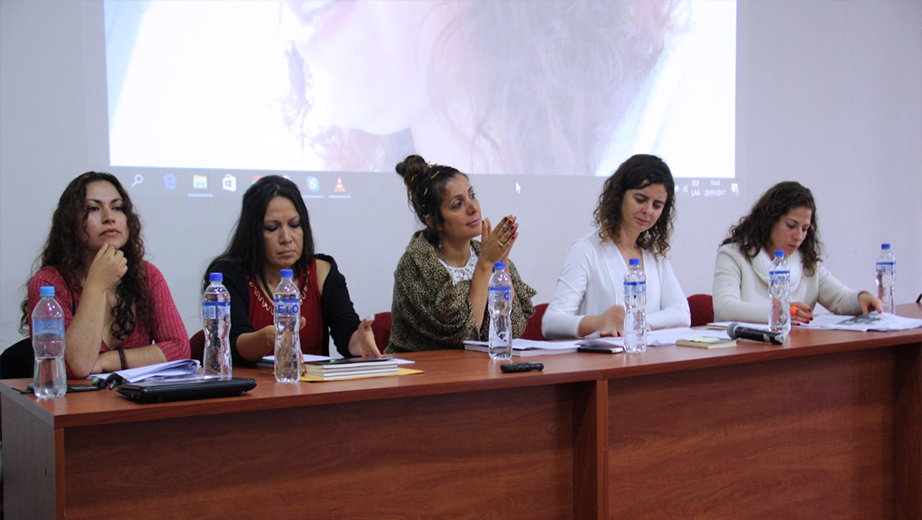
The applied anthropology and psychology majors and the Culture studies Research Group in the university's branch campus in Quito held an event titled "Alternative methodologies of Dance Fusion"; the aim was to provide a place to speak about and reflect on dance, a broad field, but slightly explored, beyond the folk vision. This means seeing dance as a resource of research and art as an indispensable activity for learning, showing psychology, beliefs, relations with the body and even conflicts of each culture.
There was a roundtable to discuss the topic: "Dance as a resource for research", a workshop "Fundamentals of the Oriental Therapeutic Dance Method, talks by experts such as: Patricia Passo from Universidad Rey Juan Carlos de España; Lorena Campo, professor and researcher from UPS; Silvia Tamayo, prpfessor of Casa de la Cultura Ecuatoriana; Ana María Palys from Pontificia Universidad Católica del Ecuador; Tatiana Bichara from Instituto de Altos Estudios Nacionales.
Paz Guarderas, director of the psychology major, explained the importance of resuming corporeality from academia in order to see its effect in the life of people. She considered that this topic has been the center of debate by Ecuadorian feminists since the end of the 80's. "New lights about the study of the body arise from feminist epistemologies", she explained by referring to the semiotic material used to look at everything that escapes constraints.
Ana Maria Palys spoke about the field of "Corporal education and the development of ethical, aesthetic and cultural values in people", displayed as a way of demonstrating the cultural values in the body and the behavior of individuals through corporal education. She said the structured techniques are aimed at bodies so that they can be instruments at the service of a choreography, added to this, there are other principles and objectives so that dancer and his/her body can explore and learn about the expressive possibilities. "The somatic techniques, not codified allow a corporal approach that strengthens awareness through the knowledge of corporal reality", she said.
On the other hand, Lorena Campo presented an explanation of her book " Bitácoras corporales, las memorias en movimiento", where the body works in the search and construction of a cartography of memories and sensations linked to specific experiences and applied in sessions of psychotherapy and classes of corporal expression. She emphasized the research with the collaborative method undertaken with women diagnosed with bipolar disorder, who built self-reports from their bodies in movement, starting from the principle of affective memory.
Patricia Passo, from her experience in academy and daily life with dance, explained the importance of not forgetting that the body and life are integral. He emphasized that when practicing a dance activity, what moves is "what is behind the step, so that transforms or mobilizes us." Silvia Tamayo shared the contents of her book "La bella danza" where she exposes her experiences as a teacher of Arabic dance, in the workshops of Área Nela Martínez of CCE.. Tatiana Bichara: spoke about the theoretical-methodological path chosen for her PhD research on the Dance and Body Expression Workshop, which has existed in the city of Sao Paulo since August 2001.
For the second part of this academic event there was a workshop led by Patricia Passo. The event was attended by UPS students, professors and professional dancers.
Contenidos Relacionados
Contenidos Relacionados
Noticias Relacionadas
Noticias Relacionadas

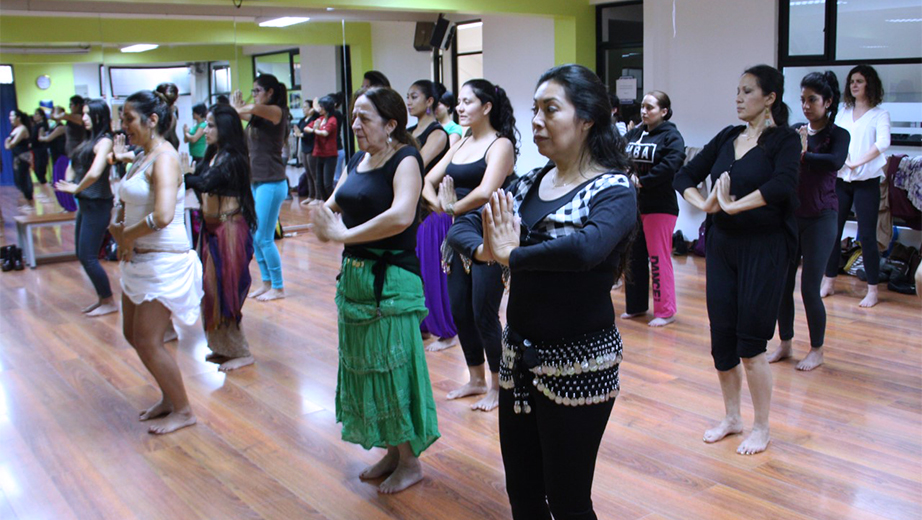
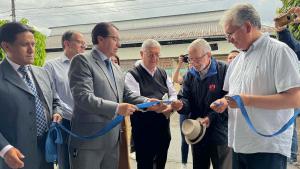
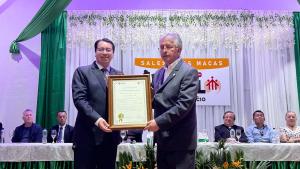
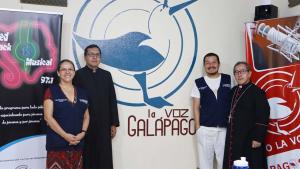
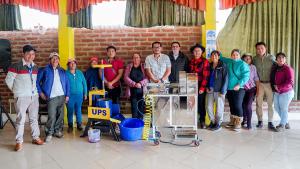
Follow us
Follow us